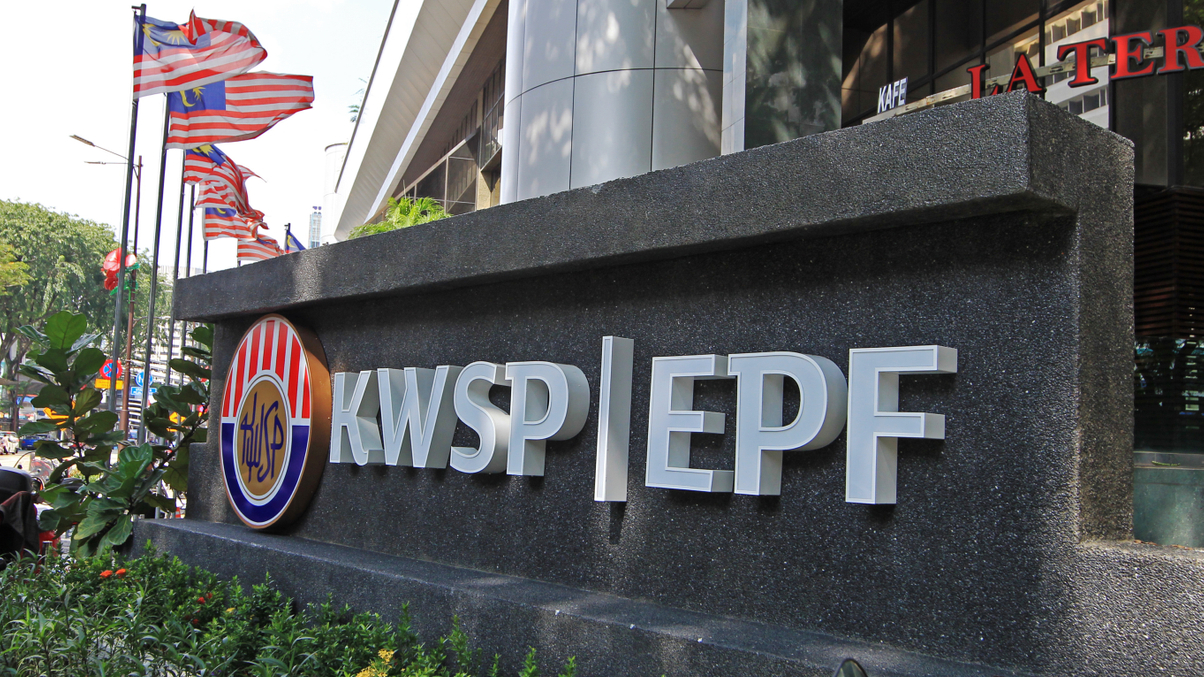EPF plans to raise property and infra exposure
The Malaysian pension fund is keen to expand its overseas and private markets exposure, but is waiting for more favourable global market conditions.

Malaysia’s largest pension fund, the $200 billion Employees Provident Fund (EPF), has reiterated its commitment to increase the fund's exposure to overseas assets, including private equity and alternative investments.
Sign In to Your Account
Access Exclusive AsianInvestor Content!
Please sign in to your subscription to unlock full access to our premium AI resources.
Free Registration & 7-Day Trial
Register now to enjoy a 7-day free trial—no registration fees required. Click the link to get started.
Note: This free trial is a one-time offer.
¬ Haymarket Media Limited. All rights reserved.


